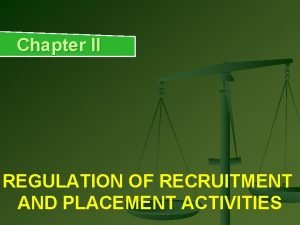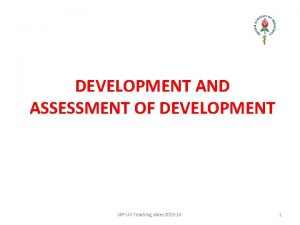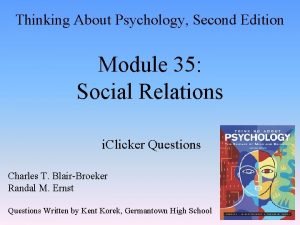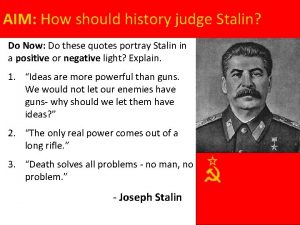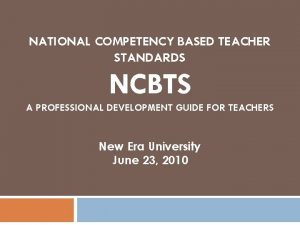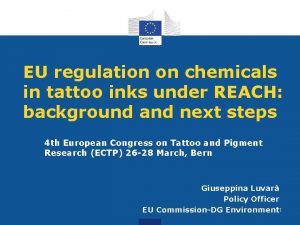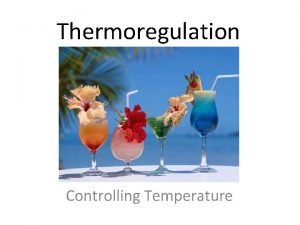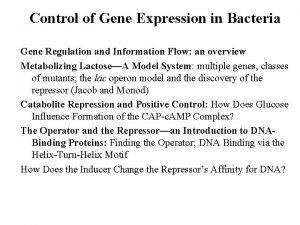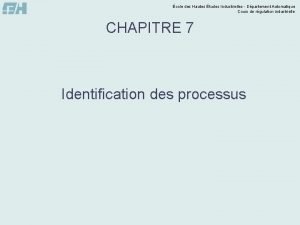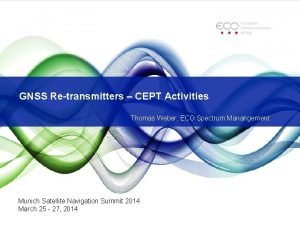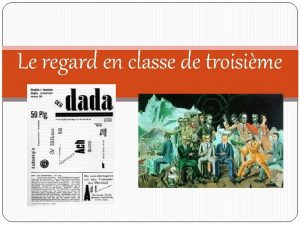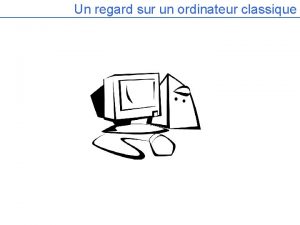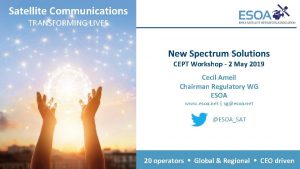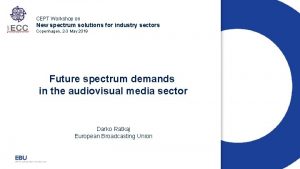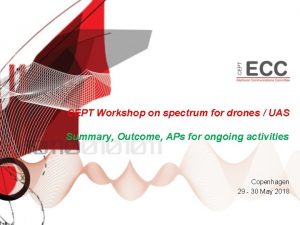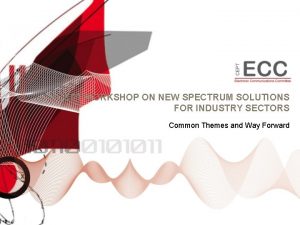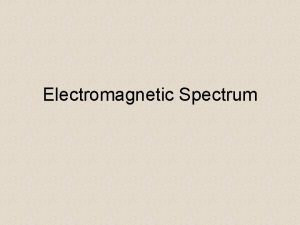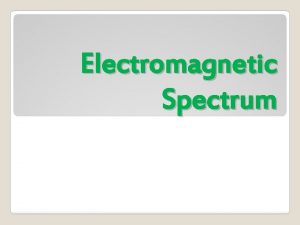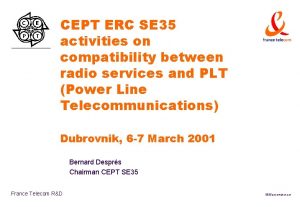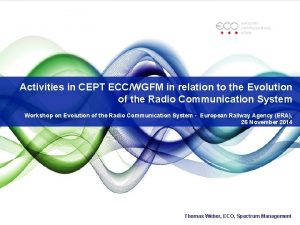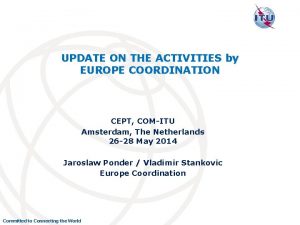Activities in CEPT European Spectrum Regulation with regard



















- Slides: 19

Activities in CEPT (European Spectrum Regulation) with regard to connected cars evolving towards autonomous vehicles Connected Cars, V 2 X & Autonomous Vehicles April 24 -26, 2017, Düsseldorf, Germany Thomas Weber, ECO, Spectrum Management

Content

Structure of the CEPT ECC Electronic Communications Committee Chairman: Vice-Chairmen: E. Fournier (F) S. Pastukh (RUS) J. Afonso (POR) Steering Group WG CPG Conference Preparatory Group European Communications Office Director: Deputy Director: WG FM WG SE WG Na. N ECC PT 1 Frequency Management Spectrum Engineering Numbering and Networks IMT-Matters P. Christensen (DNK) B. Espinosa (F) Chairman: A. Kühn (D) Chairman: T. Weilacher (D) Chairman: K. Loew (D) Chairman: J. Vallesverd (NOR) Chairman: S. Green (G) Vice-Chairman: G. Osinga (HOL) Vice-Chairmen: C. Reis (POR) S. Talbot (G) Vice-Chairmen: J. Duque (POR) k. Bejuk (HRV) Vice-Chairman: E. Greenberg (G) F. Dragomir (ROU) Vice-Chairmen: D. Doriana Guiducci (I)


Road tolling and Smart Tachographs in 5795 -5815 MHz - 5795 -5815 MHz – currently limited to road tolling applications in Europe - New European Legislation for Smart Tachographs published – Introduction in early 2019 - Studies in CEPT to include Smart Tachographs in the frequency regulation (EU and CEPT) - Smart Tachographs include roadside inspections (vehicle-vehicle and roadsidevehicle) – the studies cover these new use cases - Additional studies to take into account road tolling, general RLAN use, RLAN use in cars, ITS in the 5 GHz range to ensure future co-existence (no change of the regulation intended but equipment improvements may be necessary)

RLAN in vehicles – Possibility under the current regulations • Explanatory paper published (ref. In ERC/REC 70 -03)

ITS and Urban Rail systems • Revision of ECC Decision (08)01 and ECC Recommendation (08)01 is intended Frequency range Usage Regulation 5 905 MHz to 5 925 MHz 5 875 MHz to 5 905 MHz Future ITS applications ITS safety (not limited to road safety!) ITS non-safety applications ECC Decision (08)01 Commission Decision ECC Recommendation(08)01 5 855 MHz to 5 875 MHz • • • Urban Rail and ITS to share frequencies (Urban Rail to be under the ITS frequency regulation) Urban Rail CBTC in 5855 -5925 MHz – with some focus on 5905 -5925 MHz (extension band currently under discussion) - no application to be excluded from any frequency range Scope/Conditions: under the current coexistence studies (based on IEEE 802. 11/11 p/ ETSI G 5) and focusing on Urban Rail Systems Analysis together with ETSI. A new ECC Report is under development to accompany the revision process of the ECC Decision / Recommendation. Technology solution for sharing to be found in ETSI

Major considerations for the 5. 9 GHz band (I) • • • Next revision of the ETSI EN 302 571 (new work item): • Will cover Urban Rail • Consider inclusion of alternative technologies (technology neutral) • Revision of the decentralised congestion control (DCC) to enable the possibility for different technologies to coexist in the same channel. The objective is to ensure equal access for all technologies. In case of congestion a graceful degradation of service for all depending on the safety level. • Includes a review of the test related methods, receiver parameter and measurement uncertainties. The harmonised standard is very important for the description of the technical solution. The harmonised standard does not make a dedicated protocol mandatory. In support: ETSI TS 103 518 on requirements for the shared use of spectrum for Urban Rail and ITS applications in the 5855 -5925 MHz frequency band. The deliverable intends to define technical solutions.

Major considerations for the 5. 9 GHz band (II) - Conditions • • The technical sharing solution for ITS and Urban Rail applications should not impose new requirements/constraints on ITS below 5905 MHz. No application will be excluded from using any frequencies. Because of the sharing aspect and technical neutrality, no one can expect to work in 10 MHz channels alone on an exclusive use basis in 5975 -5925 MHz. This would not work with IEEE 802. 11/ETSI G 5, WAS/RLAN (still under discussion) or Urban Rail applications. All applications have to prepare for common spectrum access in 5855 -5925 MHz. The ECC Report 244 identified the need for mitigation techniques to be used by WAS/RLAN for the protection of ITS - and therefore, also public transportation systems. CEPT requested ETSI to develop mitigation techniques for RLANs, inter-alia in 5855 to 5925 MHz, to protect ITS applications. Urban Rail (should behave like ITS) to be covered by the mitigation techniques developed by ETSI in draft TR 103 319: Mitigation techniques to enable sharing between RLANs and Road Tolling and Intelligent Transport systems.

63 -64 GHz Major review started for 57 -66 GHz • • • The aim is to find a better harmonisation approach for all applications under general authorisation regime - no indoor restriction anymore. The least restrictive regulation should be achieved, also to provide more suitable possibilities for Wi. Gig and 5 G backhauling (small cells, P-t-MP, access solutions) Quite limited number of licensed FS links, mostly in the range 57 -59 GHz More attractive regulatory solutions under general authorisations outside of Europe Modified channelization arrangement for Wi. Gig could take better into account ITS in 63 -64 GHz Key points: minimum antenna gain, def. max. interference probability, max. bandwidth, max. height restrictions. No fragmentation of the use intended. In this context: ITS in 63 -64 GHz may need to be protected but can also be questioned

Sensors 76 -77 GHz Studies completed for 76 -77 GHz Fixed Radars vs Automotive Radars-ECC Report 262 • Regulatory framework will be reviewed. Aim: Ensure future coexistence conditions • Detailed technical parameters (e. g. radar dwell times and duty cycles for fixed radars) maybe best reflected in the harmonised standard (EN 301 091 -3 for fixed radars), and that the Rec. 70 -03 (an additional paragraph under frequency issues) and the EC Decision for SRDs (referring to the harmonised standard under RE-D or equivalent, possible proposal in the 7 th update) refer to the harmonised standard. A solution in the standard alone is not enough since a requirement set out in the standard also needs at least a reference in the regulation • Inclusion of the parameters in the standard has the benefit that the parameters will only apply to new products (no issue with ‘grandfathering’ of older fixed radars)

Sensors 77 -81 GHz • 77 -81 GHz has been designated for long term solution in Europe – though 24. 05 -24. 25 GHz -> no time limitation in Europe • ECC Decision (04)03 will be reviewed in 2017 (ordinary review – takes place each 5 years – no real changes envisaged yet) • Global implementation overview • Implemented: CEPT, Marocco, Algeria, Katar, Macao, Malaysia, Singapore, Taiwan, Australia Important countries missing – processes are triggered but no regulation published yet. USA: proposal for rule change – timetable is unclear (some OEMs/vendors don’t want to give up 24 GHz, change of the administration…) Canada and Brazil follow the FCC China: study triggered in 2017. Target: SRRC /SRTC new regulation Japan: will follow outcome under AI 1. 18 of WRC-15 Note that implementation of WRC-15 results may take about 2 years. • • •

Sensors > 95 GHz • • A considerable part of the spectrum above 100 GHz shows entries for passive services. FCC action noted - Opening 95 -475 GHz to Commercial Use – FCC 14 -177 • A potential demand is seen for sensor applications, also within the automotive field. New ETSI proposal (Srdoc) for UWB radiodetermination applications within the frequency range 120 GHz to 260 GHz in preparation (will it include automotive? It does not look like at this moment) • • There are no existing military applications above 100 GHz The allocation status is identical for all three ITU-R regions. • Fixed Service channelisation arrangements in preparation for 92 -114. 5 GHz and 130174. 8 GHz bands in CEPT • A promising frequency option could be 136 -141 GHz (with radiolocation, amateur and RAS allocations) while there is also a radiolocation allocation up to 148. 5 GHz (above 141 GHz, also FS and MS allocations) It’s the right time to report/set out demand NOW •

3 GPP V 2 V/V 2 X • Agenda Item 1. 12 of WRC-19 to consider possible global or regional harmonized frequency bands, to the maximum extent possible, for the implementation of evolving Intelligent Transport Systems (ITS) under existing mobile-service allocations, in accordance with Resolution 237 (WRC-15); • CEPT received so far no direct contribution on 3 GPP V 2 V/V 2 X • 5. 9 GHz: all existing studies based on IEEE 802. 11/11 p/ ETSI G 5 • The press release from 3 GPP confirms that the two intended communication configurations (with or without base stations) use a dedicated carrier for V 2 V communications, meaning the target band is only used for these V 2 V communications • ACEA (European car manufacturers association) on the topic of spectrum redundancy for ITS and coexistence between ITS-G 5 and LTE-V 2 X. Expresses the concept of spectrum redundancy to maintain the exclusivity of 5. 9 GHz to ITS-G 5 while offering an opportunity in 3. 4 -3. 8 to LTE-V 2 X • CEPT received from the European Commission a 5 G mandate incl. 3. 4 -3. 8 GHz

Extract CEPT roadmap for 5 G – relevant for the automotive vertical market

Under WRC-19 AI 1. 12 • • • Major Items Develop a possible draft ITU-R Recommendation/Report on the harmonised use of ITS on the basis of the relevant ECC Deliverables. Develop harmonised conditions for RLAN / ITS coexistence. Therefore RLAN / ITS coexistence studies to be performed as part of the WRC-19 Agenda item 1. 16 activities. In the U. S. A. and CEPT the study of sharing ITS spectrum to be used for V 2 V and V 2 I, with Radio Local Area Network (RLAN), has begun. C-ITS spectrum in US is designated in the range of 5 850 -5 925 MHz similar to Europe, foreseeing the range of 5 855 -5 925 MHz. • WRC-19 Agenda item 9. 1 issue 9. 1. 8 covers NB and BB machine-type communication infrastructures, where a new ITU-R Report on IMT verticals is under development within WP 5 D. The draft ITU-R Report includes ITS via LTE-based V 2 X feature as ad-hoc communication. This belongs to AI 1. 12 only. The part of the operation scenario via an operator network is in the scope of Issue 9. 1. 8. • ITS operates within CEPT under the primary mobile service allocation on a non-exclusive basis and ITS devices cannot claim protection from systems operating under other current primary services.

Policy Opinion (ITS G 5 vs 3 GPP) • No immediate need to take any regulatory action • Many stakeholders raised concerns that competing technologies in 5875 -5905 MHz could impact on interoperability and utility of this band. • Regulation: it is important to be technology neutral. Considering which technology is most suitable for safety-related ITS is not a spectrum policy matter. • However, if the current debate over coexistence of technologies in this spectrum band is not resolved, it may be appropriate to consider if any action is needed – for example by referring the matter to the relevant European standardization body.

Other activities (automotive field) • CEPT studying amendments of the UWB regulations for vehicular access systems and also additional alternative mitigations to be used in vehicular use cases -> new options • Wireless Power Transmission (WPT): for electrical cars 1. Compatibility studies 2. Target: relaxation of limits for inductive applications (e. g. in 79 -90 k. Hz)

Thank you for you attention Questions? ? Thomas. Weber@eco. cept. org www. cept. org/eco www. cept. org/ecc www. efis. dk
 Chromium and copper electron configuration
Chromium and copper electron configuration Absortpion
Absortpion Regulation of recruitment and placement activities
Regulation of recruitment and placement activities Recognition and regard for oneself and one's abilities: *
Recognition and regard for oneself and one's abilities: * Iap ug teaching slides 2021
Iap ug teaching slides 2021 Regard email
Regard email _____ is unselfish regard for the welfare of others.
_____ is unselfish regard for the welfare of others. As a small boy how did the author regard stalin
As a small boy how did the author regard stalin Licne
Licne Domains in ncbts
Domains in ncbts Unconditional positive regard
Unconditional positive regard Support activities and primary activities
Support activities and primary activities Primary activities definition
Primary activities definition The statement of cash flows helps users
The statement of cash flows helps users Indoor and outdoor sports examples
Indoor and outdoor sports examples Eu banning tattoo ink
Eu banning tattoo ink How long is a regulation football field?
How long is a regulation football field? Pilorelaxation
Pilorelaxation Regulation of gene expression in bacteria
Regulation of gene expression in bacteria Régulation industrielle
Régulation industrielle


